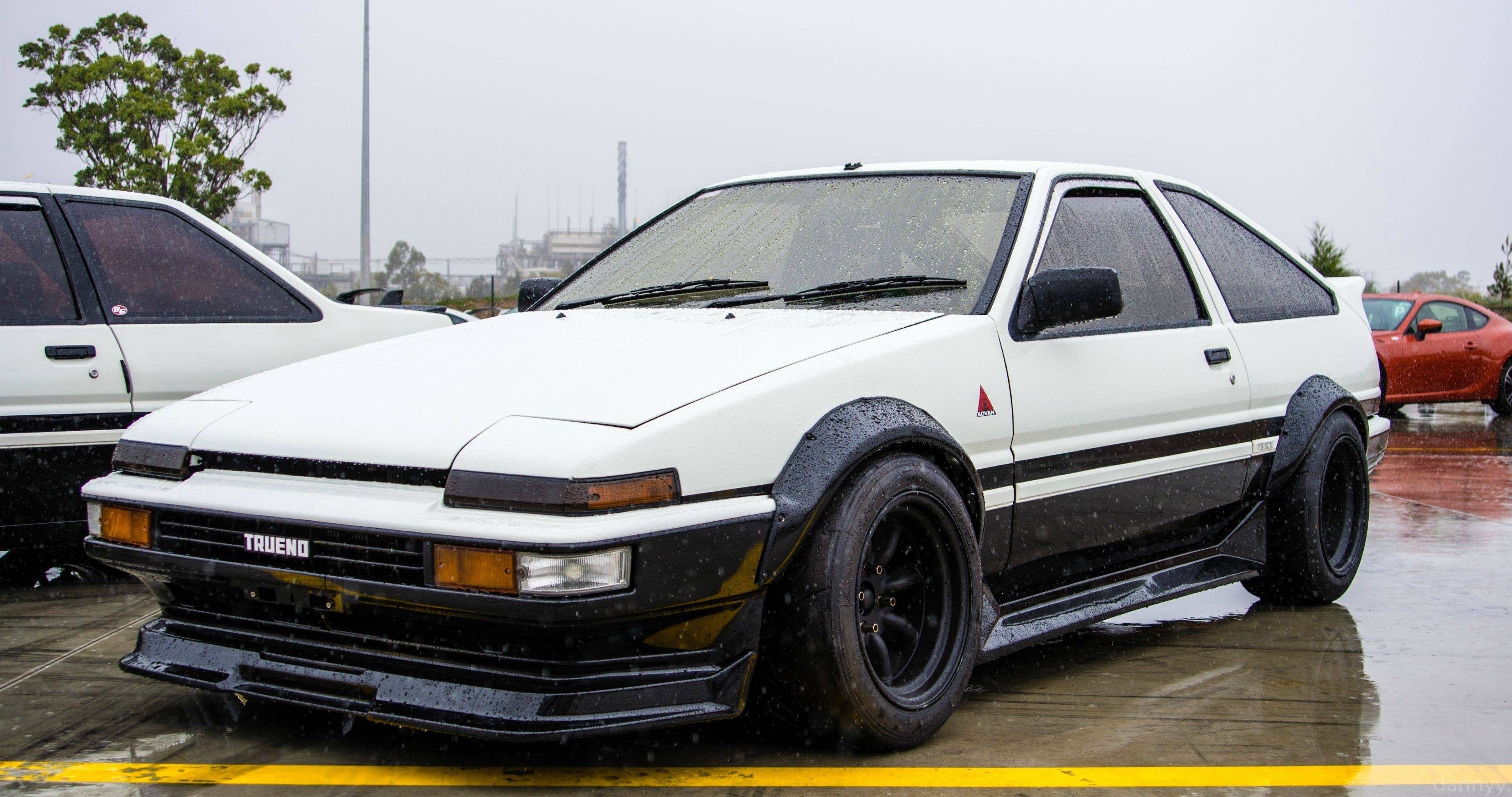

#Fastest 90s jdm cars manual#
In the 90s the cars had big high revving V12s, rear wheel drive and manual gearboxes. You’ll be surprised how fast these cars where with the technology they had. Which were the Cars that shone the Most, and what exactly made them So Good Subscribe for Weekly Upload. Which where the fastest cars of the 90s We have compiled a list of the 15 fastest cars from the 90s.

With the R34, the styling changed much more radically and became the symbol of the PlayStation generation thanks to its in-depth onboard analysis systems. The 90s were the Golden Era of Japanese Sportscars. Toyota Crown Athlete Estimate: 20,000 AUD (about 11,500) 0-60: Less than eight seconds Top speed: 110mph (limited, as per JDM cars of the era) Worst bit. The R33 then came along, updating the styling and improving on a few areas of the previous generation, such as the all-wheel-drive system. The R32 was designed to win Group A racing, and the now-iconic 2.6-litre RB26DETT was a result of its determination to use regulations of the time to its advantage. Sure, this sounds like a winning recipe, but don’t forget that this Honda JDM car is quite tiny. Taking tax advantage of the Kei class of cars, Honda released this small two-seater with RWD and a centrally positioned engine. Like so many of the greatest road cars ever built, the GT-R’s resurrection in 1989 was down to Nissan’s desire to dominate motorsport. Just under 130 inches long, the 1991 Honda Beat was the epitome of the Kei car segment back in the ’90s. Three generations of GT-R actually spanned this decade, with the R32 running between 19, and the R33 seeing production between 19, at which point the R34 took over the GT-R reigns.


 0 kommentar(er)
0 kommentar(er)
